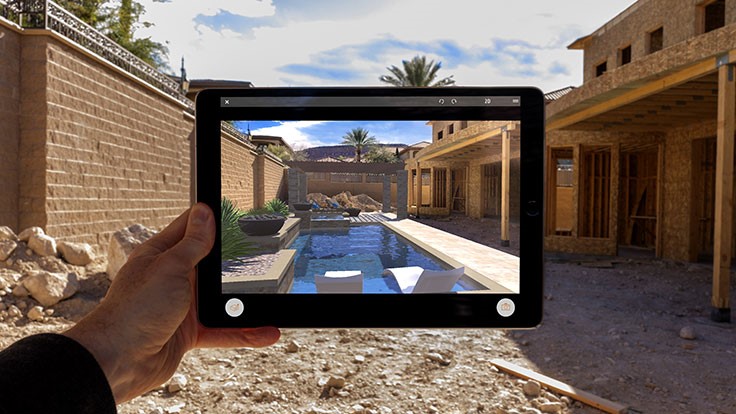Virtual landscape design is a process that involves the creation of realistic and immersive digital environments. It has become an essential land management, planning, and development tool. This process enables designers to create and visualize landscapes, structures, and elements of the built environment in a digital space. Virtual landscape design is an iterative process that involves multiple stages, from concept development to optimization. In this article, we will explore the different stages involved in virtual landscape design.
Concept Development
The first stage of virtual landscape design is concept development. This stage involves defining the scope and purpose of the digital environment. The designer creates a vision or concept for the landscape, including identifying the target audience, purpose, and key features. This stage also involves identifying the required assets, terrain, vegetation, buildings, or objects.
The concept development stage is a collaborative process that involves stakeholders, such as architects, engineers, or planners. The stakeholders provide input on the design and may have specific requirements for the virtual landscape. For example, an architect may require a virtual building model to show to clients, while an urban planner may require a virtual model of a city to evaluate potential land use changes.
3D Modeling
The second stage of virtual landscape design is 3D Modeling. In this stage, the 3D models of the environment are created using specialized software tools. The 3D models are the virtual landscape’s building blocks, representing the digital version of the terrain, vegetation, structures, or other elements of the built environment.
The 3D modelling stage is an iterative process that involves creating and refining the models until they accurately represent the desired features. The 3D models must be created to scale and accurately represent the physical environment. This stage may also involve importing pre-made 3D models or using tools to generate terrain or vegetation.
Texturing
The third stage of virtual landscape design is texturing. Once the 3D models are created, they need to be textured to create a realistic appearance. Texturing involves adding details such as colour, bump maps, and specular maps to the surfaces of the 3D models. The textures add detail to the environment and make the objects and surfaces appear more realistic.
Texturing is an essential stage in creating a realistic environment. The textures must be carefully designed and placed to create a consistent appearance. The designer may use pre-made or custom-made textures to achieve the desired appearance.
Lighting
The fourth stage of virtual landscape design is lighting. Lighting creates a realistic environment by adding light sources, such as the sun or artificial lights, to the landscape. It also involves setting up the lighting to create the desired mood or atmosphere.
The lighting stage is critical to creating a convincing virtual environment. The designer must consider the direction and intensity of light sources, the colour of the light, and the shadows and reflections that the light creates. The lighting can significantly impact the overall look and feel of the environment.
Rendering
The fifth stage of virtual landscape design is rendering. Once the 3D models are textured and lit, they need to be rendered to create the final image of the environment. It involves using a rendering engine to generate a virtual image of the landscape. The rendering engine creates a digital image that can be used for visualization, analysis, or presentation.
Rendering can be a time-consuming process, especially for complex environments. The rendering engine must calculate the light, shadows, reflections, and other details to create a realistic image. The designer must balance the level of detail and quality of the rendering with the hardware’s processing power.
Interactivity
If the virtual landscape is designed to be interactive, this stage involves programming the game or simulation mechanics. It includes creating the user interface, programming the physics of the environment, and creating any necessary AI. The user interface is designed to allow users to interact with the virtual environment, including navigating the landscape, interacting with objects, and controlling the simulation.
Testing
In this stage, the virtual landscape is tested to ensure it works as intended. Testing involves identifying and fixing any issues or bugs in the environment. It can include testing the user interface, physics, and game mechanics to ensure they work correctly. It is important to test the virtual landscape on various hardware to ensure that it runs smoothly without any issues.
Optimization
Once the virtual landscape is working as intended, it may need to be optimized to ensure that it runs smoothly on various hardware. Optimization involves reducing the processing requirements of the 3D models, textures, and lighting to ensure that the virtual landscape runs smoothly on lower-end hardware. It can involve reducing the number of polygons in the 3D models, using lower-resolution textures, and simplifying the lighting.
Conclusion
Virtual landscape design is a complex process that requires creativity, technical expertise, and an understanding of user interaction. The process involves several stages: concept development, 3D modelling, texturing, lighting, rendering, interactivity, testing, and optimization. By following these stages, designers can create virtual landscapes that are immersive, realistic, and engaging.


